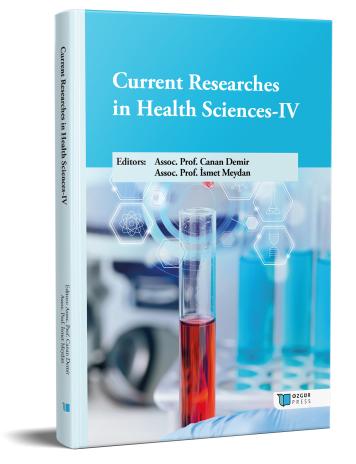
Physical Chemical Properties of Some Heavy Metals (Arsenic, Lead and Copper) and Their Effects on Health
Şu kitabın bölümü:
Demir,
C.
&
Meydan,
İ.
(eds.)
2023.
Current Researches in Health Sciences-IV.
Özet
Heavy metals are associated with industrial processes, environmental pollution and natural resources and can have serious adverse effects on human health. Due to their toxic properties and their tendency to accumulate in biological systems, these metals can damage vital organs such as the nervous system, kidneys and liver. Through their chemical reactivity and by affecting biological systems, they can disrupt enzyme function, cause DNA damage and have carcinogenic properties. Due to their bioaccumulation, long-term exposure, even at low levels, can lead to serious health problems.
Arsenic causes serious health problems with long-term exposure. Chronic arsenic exposure can lead to skin lesions, cancer, circulatory system problems, nervous system damage and damage to internal organs. Arsenic from water sources can be a major health problem, especially in some areas.
Lead exposure occurs mainly through paint, water pipes, paint in old buildings, industrial waste and some foods. When it enters the body through inhalation or from sources such as water and soil, it is harmful to humans, especially children and fetuses. It negatively affects brain development and causes mental retardation, behavioral problems and learning difficulties. In adults, lead exposure can cause nervous system damage, high blood pressure, kidney problems and reproductive problems.
Copper is essential for the body but can be toxic in excessive amounts, causing gastrointestinal problems, liver damage, kidney problems and neurological disorders.Copper is commonly found in water pipes, some pesticides, copper containers and some foods. Uncontrolled exposure to these metals can lead to health problems, so it is important to limit or eliminate their sources and intake.
Long-term exposure to these heavy metals can cause serious health problems. Therefore, controlling heavy metals, reducing environmental contamination and minimizing exposure is critical for human health. To protect human health, drinking water sources should be controlled, food should be consumed from safe sources and appropriate measures should be taken to reduce exposure.

